If I Cange My Ssid Do I Have to Sign All Devices in Again
SSID stands for Service Set Identifier and is the main proper noun of your WiFi network. If you tap on the WiFi icon on your telephone or computer, it'll pull up a listing of bachelor networks inside a range that accept different names consisting of messages and/or numbers.
For instance, you may see simple names like Aerodrome WiFi or funny ones like FBI Surveillance Van 4, which are SSIDs for those specific networks. From the list, you lot tin identify your network's name and join to connect to the internet.
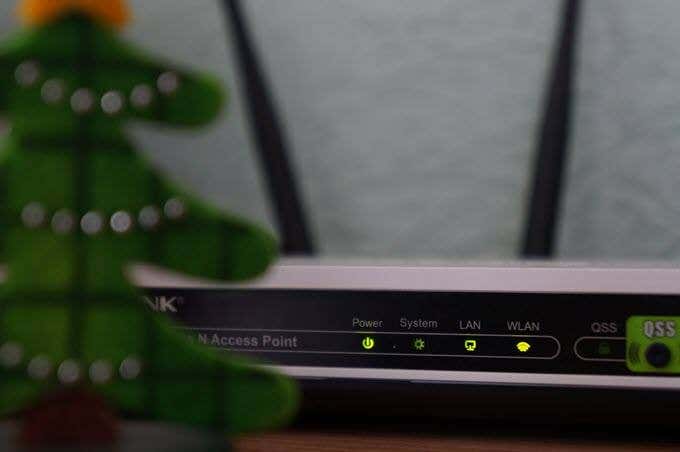
Almost router manufacturers set default router SSIDs similar NETGEAR_XXXX or Linksys_XXXX. If yous're on a home WiFi network, you lot tin can opt to go out it as it is, or personalize information technology with a proper name of your choice. Nosotros're going to show you how to do it.
Change Your Router SSID
- Find your router'southward IP address.
- Log in to your router's administrative console.
- Change the SSID and password.
- Update the connectedness for all devices.
Note: The process of changing your SSID is generally the same beyond major routers, though the verbal names of settings and menus may vary depending on the model yous're using.
When in doubt, check the router'due south pedagogy manual for specific instructions.
Notice Your Router's IP Accost
The kickoff footstep is to observe the router's SSID. You can practice this past checking the case of the router where both the default network proper name and password are printed.
Next, find your router'due south local IP accost and log in from a web browser to access the authoritative console. When prompted, enter the current username and password details to admission the control panel.
The IP addresses vary from 1 router to another, for case, NETGEAR routers utilise http://www.routerlogin.com while Linksys routers utilise 192.168.one.ane. Some routers too use the 192.168.0.ane IP accost, only if yous're unsure, you can cheque your router manufacturer's website or documentation for the local accost and logins.
- A quick way to do this is by checking the default gateway on your calculator. Right-click Offset>Run and type CMD to open a Command Prompt window.
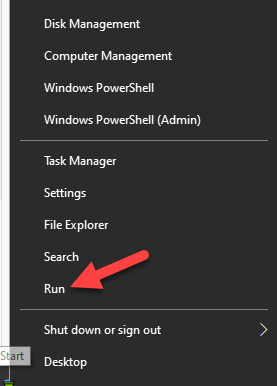
- Type ipconfig, printing enter, and wait for Default Gateway to view the associated IP address.
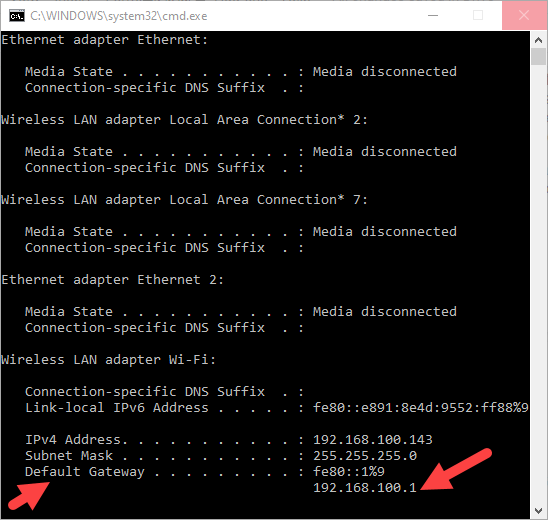
- For macOS, click Apple menu>System Preferences, click the Network icon in the new window.
- Select your internet connectedness and click Advanced and change to TCP/IP tab to find your router's IP address.
Log Into Your Router's Administrative Panel
Become to your web browser, preferably on your computer, and type in the IP address to access the admin panel. Some router manufacturers provide smartphone apps from where you tin can modify the settings, while more expensive options come with congenital-in touchscreens.
To do this, type the IP address on the browser, and press Enter. Here, you'll enter the router's username and password. If you've never changed these details, use the default logins that came with your router which tin can be found on its case or in the user transmission.
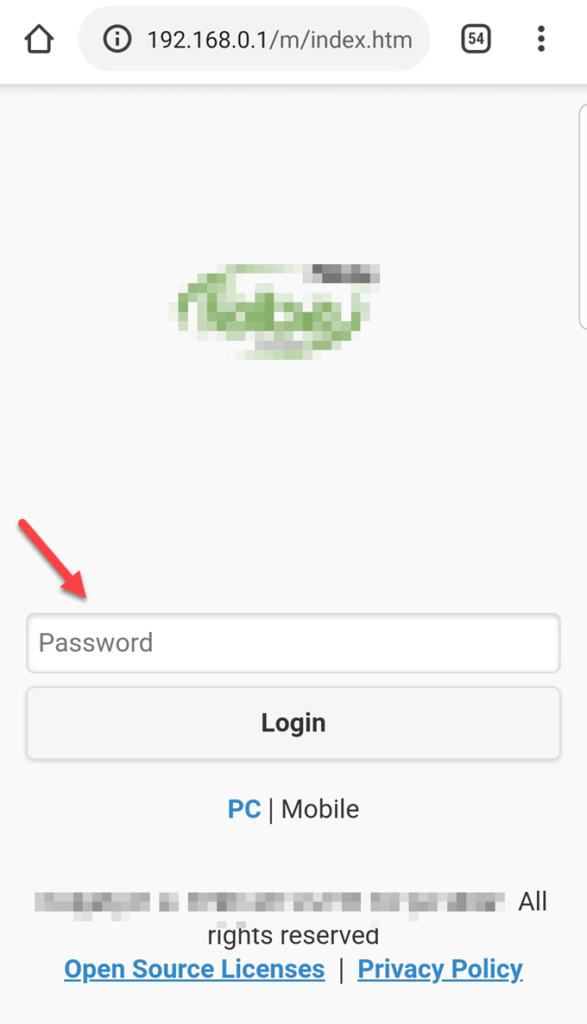
If you lot had set a custom password and can't remember it, the merely style out of it is to reset the router'southward default settings.
Alter The SSID & Password
- From the admin panel, get to the WiFi settings department and tap Wifi settings.

- Find a section for SSID or Network name. Blazon your name of option (maximum 32 alphanumeric characters). Merely brand certain it isn't offensive to other users in your community who may find it from the list of available networks.
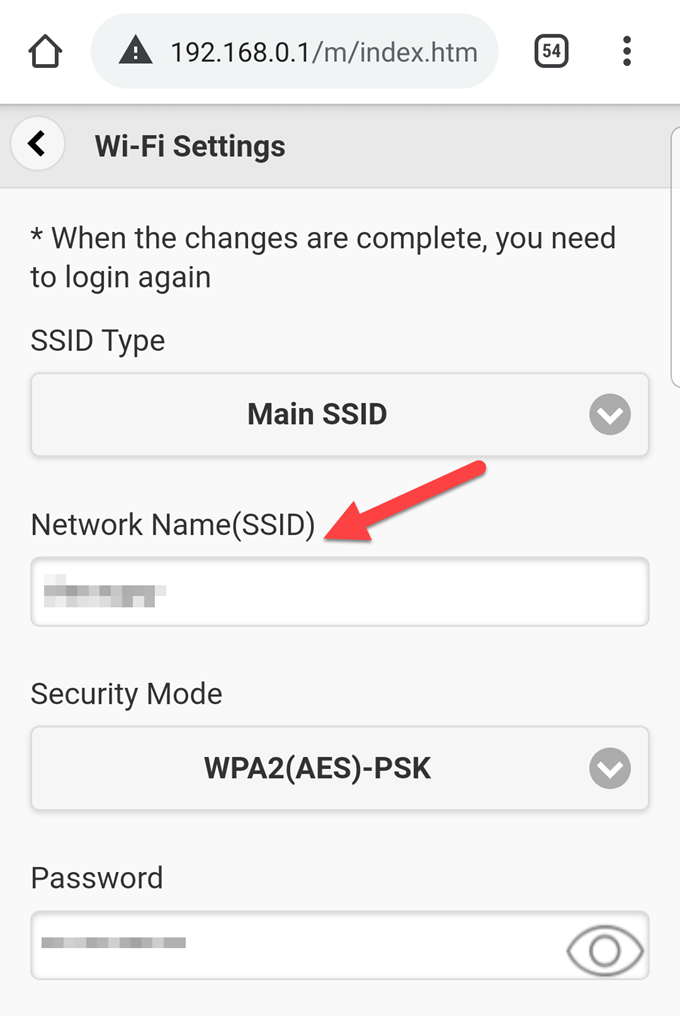
- Type in your WiFi password in the respective field, and click Utilize or Save to employ the changes.
The changes will have consequence immediately and so you'll probably detect that y'all're no longer connected to your network. This is because your router is shutting down the old WiFi network with the previous SSID, and bringing up the new one with your personalized SSID, so it disconnects all devices.
Some routers restart altogether for the changes to take effect, which means yous may be asunder even on a wired connection.
Update The Connection For All Devices
The last pace is to update the network connection on all the devices that used the previous network name and countersign, to the newly named SSID and password.
Once you do this, you'll be able to connect to the internet.
If at that place are multiple WiFi networks with the same SSID, your devices volition try to connect to the network having the strongest betoken or the beginning network available. However, if the networks have unlike passwords, your devices will only connect to one of them successfully.
Why You Should Modify Your Router's SSID
There are several reasons for changing your router's SSID such every bit:
- Having a personalized home network. The name is unique to you, and can exist seen by anyone in the area who may be scanning for WiFi signals from their mobile device or computer.
- Fugitive confusion with other routers bearing similar names in your local area. For case, if at that place are two or three others using "Home" as their network name, you tin can change yours to a unlike one.
- Better your home network's security. While this doesn't increment the network'south protection, changing the SSID name may keep network attackers or hackers away as it indicates the particular router is more than carefully managed compared to routers using generic default SSIDs.

To secure your WiFi network, change the default admin credentials, and encrypt dissemination signals using AES and WPA2. Finally, turn off the WPS and UPnP features, which usually have security vulnerabilities like bypassing security software.
If y'all'd like to hibernate your router SSID and prevent others from seeing and/or connecting to it, you can do then if your router offers the option to disable SSID dissemination. This ostensibly improves your network security as ane would have to know the SSID and network password to proceeds access.
Notwithstanding, you'd have to manually create a contour with the SSID and other connexion parameters, plus your router SSID can however exist intercepted from the device's transmissions to your router and dorsum while using the cyberspace.
Do not share my Personal Information.
Source: https://helpdeskgeek.com/how-to/how-to-change-your-router-ssid-and-why-you-should/
0 Response to "If I Cange My Ssid Do I Have to Sign All Devices in Again"
Post a Comment